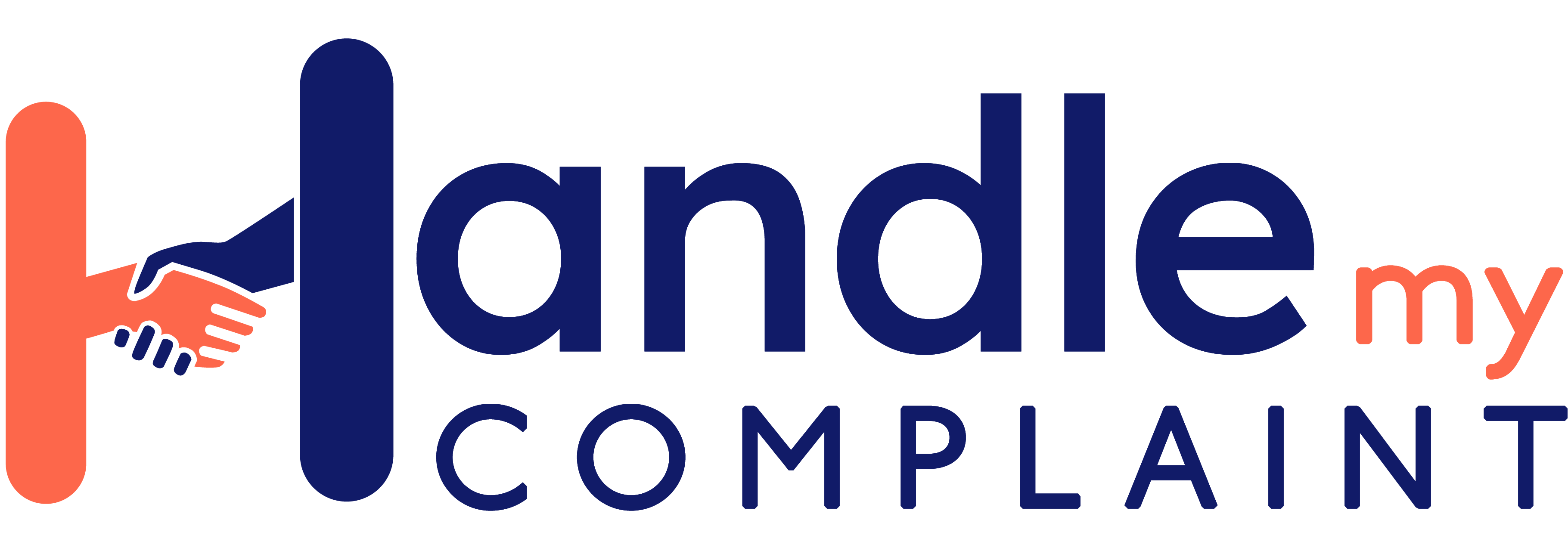
Paying a premium: What are the real benefits of private health insurance?
Last updated on May 29th, 2025
Private health insurance is a popular choice in Australia, with more than 13 million people, or 55.2 percent of the population, holding a policy. More than $22 billion is paid out in benefits each year, which sounds like a huge amount being returned to customers. But is it?
Some major insurers have a temporary freeze on their 2023 premium increase due to the ongoing cost-of-living pressures faced by many Australians.
With premiums set to increase once again, it’s time to take another look at your private health insurance. How much is it costing you and what are you getting in return?
Why are price increases being deferred?
Medibank Private, Bupa and nib are among the big insurers to announce a temporary freeze on their 2023 premium increase. One of the reasons for the premium freeze is that private health insurance providers promised not to make a profit from the COVID-19 pandemic. As a result, they have deferred premium increases and given - or have announced they are giving - cashback payments to members.
Prior to the pandemic the proportion of people with insurance for hospital treatment was declining due to confusing policies that offered little value for money, particularly for younger people.
When the pandemic hit, however, the private health insurance industry experienced a surge in demand as hundreds of thousands of new people took out policies. The proportion of people with hospital insurance rose from 43.6 percent in June 2020 to 45.2 percent by June 2022. Nevertheless, the number of claims dropped due to the cancellation of elective surgeries during COVID-19 restrictions.

As a result, private health insurer profits have never been higher. Despite this, they are now claiming costs are going up – the cost of medical devices, doctors and nurses' salaries, even electricity, and food are increasing.
So private health insurance providers again applied to the government to increase their premiums. Providers in Australia are not allowed to increase their premiums arbitrarily - the rate of premium increase must be approved by the Federal Government. This year, we’re in the situation where funds are giving money to members with one hand while taking it back with the other.
When and by how much are health insurance premiums going up?
This year’s average premium is set to rise 2.9 percent, less than the 10-year average of 4.4 percent. It means an average single person will pay an extra $1.17 a week, while families on average will fork out an extra $2.58 per week.
However, there are four insurers that have said they won’t increase their premiums this year, Police Health, Emergency Health, Seniors Health Insurance and Real Health Insurance. And, for the first time since 2001, premiums will decrease slightly at HCI by 0.09 per cent.
Medibank Private, Australia's largest private health insurer, was set to implement its lowest rise in 22 years, at an average premium increase of 2.96 percent in April 2023. It announced a delay to the increase for two months until June 2023 as a way to return funds to policyholders. The deferral should save customers a total of $59 million. In fact, Medibank has pledged to return $266 million cash back to current customers who have held a policy in the last seven months as part of its COVID “give back" program.
If you hold an active Medibank and ahm hospital, extras or an overseas visitors and workers policy holder, the two-month pause period will be automatically applied to your account.
Bupa announced it will delay its 3.39 percent increase for three months, until 1 July 2023, which is set to save customers $75 million.
Nib's premium increase of 2.72 percent will be deferred until September 1, 2023, with the company reviewing this decision mid-year.
Increases for each provider are listed below. But many funds have said they will reconsider moving the premium increases to a later date.
| Date of premium increase | Health Fund |
| 1 April | |
| CBHS Corporate | |
| HBF (including CUA) | |
| Hunter Health Insurance | |
| Latrobe | |
| Onemedifund | |
| Peoplecare | |
| Queensland Country and Territory Health | |
| TUH and Union Health | |
| Reserve Bank | |
| Westfund | |
| 1 June | |
| AHM | |
| Medibank | |
| 1 July | |
| AIA (formerly MyOwn) | |
| Mildura | |
| Phoenix | |
| St.Lukes | |
| Teacher's Health (includes UniHealth and Nurses & Midwives) | |
| 1 September | |
| NIB (includes Suncorp, Qantas, Priceline, AAMI, Apia and ING) | |
| HCF (includes RT Health and Transport Health) | |
| Health Partners | |
| 1 October | |
| ACA | |
| Bupa | |
| CBHS | |
| Defence Health | |
| Doctor's | |
| Frank | |
| GMHBA | |
| 1 November | |
| Australian Unity | |
| Navy Health | |
What do your premiums give you that the public system doesn’t?
Australia’s healthcare system is considered one of the best in the world. Medicare, the backbone of Australia’s public health system, allows Australians to access free or lower cost medical services by doctors and specialists whether in or out of hospital. But Medicare doesn’t cover everything.
In the public system, patients are often put on lengthy waiting lists for common procedures and may not have the option to choose their own doctor. For instance, wait times for tonsil removal in the public system can be up to 125 days, while knee replacement surgery can take up to 209 days.
One of the key benefits of private health insurance is the ability to choose your own doctor and specialist. Private health insurance also covers out-of-pocket expenses for services that Medicare doesn't cover, such as dental, optical and physiotherapy treatments. The extent of the coverage depends on the policy you have, but it can be a lifesaver when it comes to paying for unexpected medical expenses.
Having private health insurance will probably get you a reduction or exemption from paying the Medicare levy that is charged as 2 percent of your taxable income when you lodge your tax return. The Medicare levy helps fund some of the costs of Australia's public health system known as Medicare.
What isn’t covered by private health insurance?
You might be surprised to know that a lot of specialists such as oncologists and psychologists aren’t covered under private health and even your GP visit isn’t covered under private health insurance.
By law, private health insurance does not offer cover for out-of-hospital medical services, including:
-
- GP visits
- Consultations with specialists in their rooms
- Out-of-hospital diagnostic imaging and tests
These services are covered by Medicare.
Private health insurance policies often have exclusions and limitations on what they cover, so it's important to read the fine print and understand what you're paying for. For example, many policies won't cover pre-existing conditions, or may have waiting periods before you can claim for certain treatments.
Does the best private health insurer vary state by state?
Your location might be a significant factor in determining which health insurer is best for your needs.
Recent research by the Australian Medical Association (AMA) has shown that the amount paid for the same medical procedure by the same doctor can vary greatly depending on your health insurer.
It is worth reviewing the AMA report card to understand which insurers offer the most benefits for various types of procedures in each state. Taking the time to research and compare insurers could save you a significant amount of money in out-of-pocket expenses.
Why are insurers buying up medical clinics?
Insurers such as Medibank Private and Bupa buying up medical clinics and other healthcare facilities has become a trend in recent years. One of the main reasons behind this is the pressure on margins in the traditional health insurance industry. Insurers are looking for new ways to generate revenue and control costs, and owning healthcare facilities allows them to do so. This, in turn, helps them to keep their premiums affordable and their profits up.
Another advantage of owning healthcare facilities is that insurers can provide their customers with more comprehensive and integrated healthcare services. By offering both insurance and healthcare services under one roof, they can create a more seamless and convenient experience for their customers. They can also offer a wider range of services and treatments, which can help them to attract and retain customers.
For customers, the main advantage of insurers owning medical clinics and other healthcare facilities is that they may be able to receive healthcare services at a lower cost. Insurers can offer their customers discounted rates or even free healthcare services if they use their own facilities. This can be particularly beneficial for customers who have high out-of-pocket costs or who are on a tight budget.

As an example, in August 2022, Ramsay Health Care (Ramsay) and Bupa Australia signed a new three-year contract that will ensure Bupa members continue to be covered, without additional out-of-pocket costs, when they receive treatment at a Ramsay facility in Australia.
It’s important to understand which arrangements are in place between insurers and preferred providers. It’s worth considering if switching insurers of health practitioners under these preferred arrangements will leave you better off with cost savings, convenience and quality of health care.
How to choose a private health insurance policy
There are a number of ways to compare policies in Australia:
-
- Use an online comparison tool, like privatehealth.gov.au
- Call the insurers directly and ask for quotes
- Speak to a broker who can help you find the right policy
When you're comparing policies, make sure you take into account the cost of premiums, excesses, waiting periods, incentives and any exclusions or limitations. Also, learn how to get the most out of your private health policy.
You should also check to see if the policy is portable, which means you can take it with you if you switch jobs or move interstate.
Ways to save on premiums
One of the best ways to save is by switching to a policy that better suits your needs. Policies are now labeled gold, silver, or bronze to make comparing them easier, and incentives for switching can be as high as $800 cashback or eight weeks free cover. The government website privatehealth.gov.au has a list of what’s covered in each gold/silver/bronze category.
Another option is to increase your excess to the maximum amount of $1500, which can save you hundreds of dollars in premiums. Private health insurance excess is a lump sum you agree to pay upfront when admitted to a participating private hospital. The excess amount ranges from $0-$1500 and is decided when you select hospital cover. Most funds waive the excess for kids being treated in hospital as a carrot for taking out family cover.
If you have blended families, merging policies can help save thousands. For example, 10 kids on a policy cost the same as one kid. Some couples might find that they're better off with two singles policies if one of them needs higher cover than the other. Additionally, some health funds now allow "kids" to stay on the family policy until age 31.
If you've had a negative experience with your private health insurance and need to file a complaint, we're here to help. Simply reach out and say 'Help Me Handle It' and we’ll help you find a resolution.






